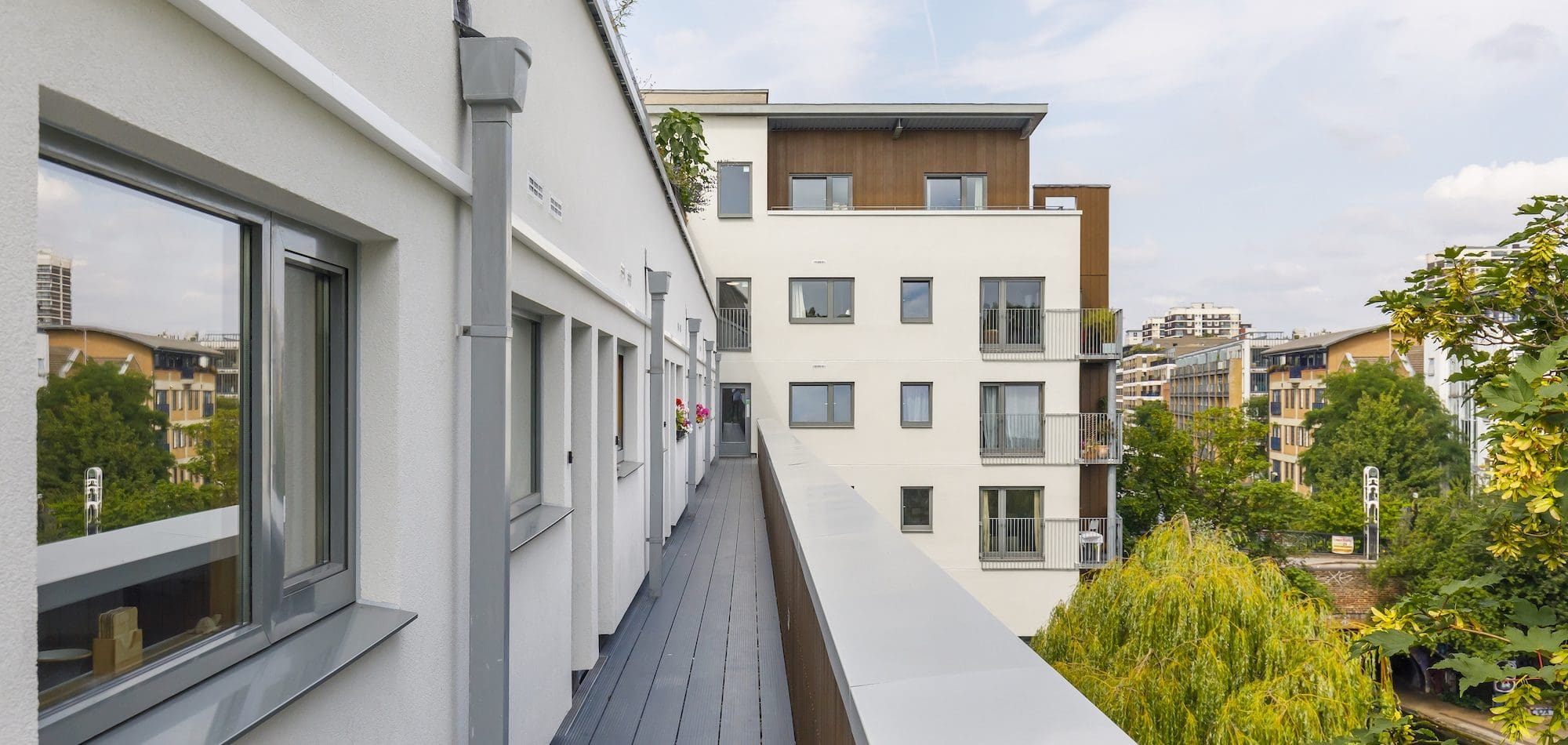Remediation, renovation, and refurbishment are closely related terms and are frequently used by construction professionals throughout the industry. However, there is some confusion as to what each involves and how they differ. This can lead to problems with project planning and complicate communication between stakeholders.
To resolve this, we created a quick guide to remediation, renovation, and refurbishment projects. It includes a definition for each term and a discussion about why clarity and accurate usage matter.
What is remediation?
Remediation is the process of altering an existing construction to bring it in line with regulations and ensure compliance. It often addresses safety concerns, such as fire risks and structural integrity issues, but is also important in the context of new environmental legislation.
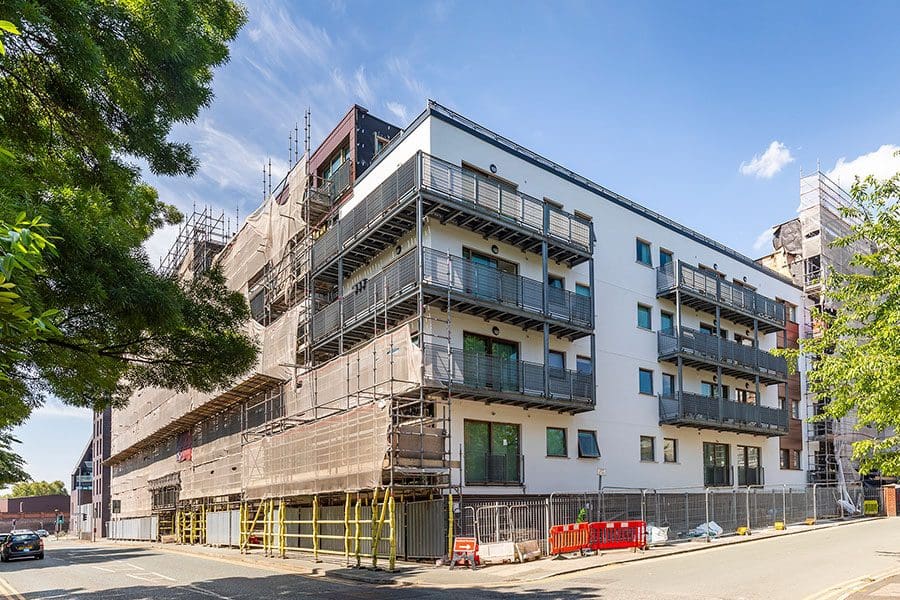
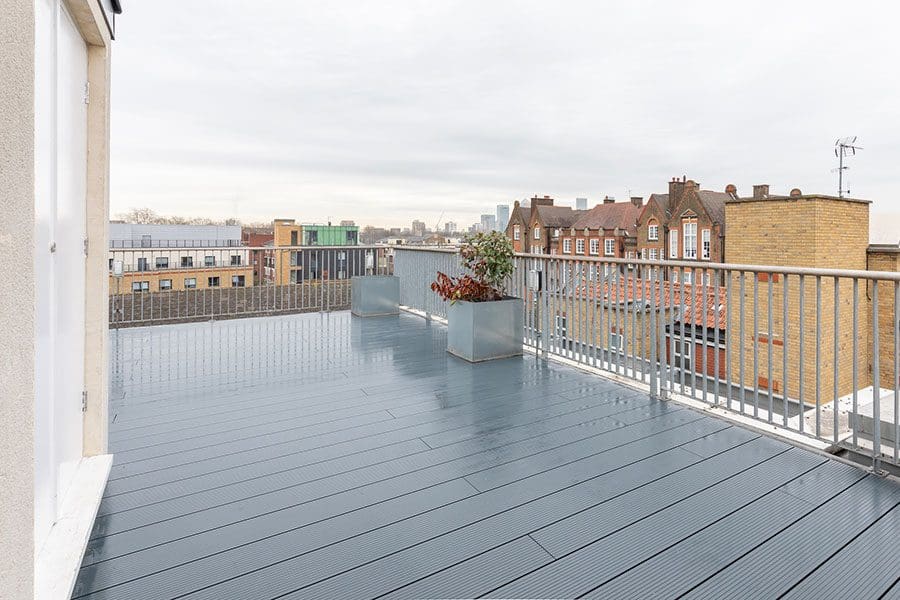
The primary purpose of remediation projects is to eliminate risks to residents, users, the surrounding environment, and the building itself. While property owners may choose to carry out remediation work on risks they or occupants identify, it is more often the result of new governmental legislation and shifting building regulations. The recent changes to fire safety regulations in the wake of the Grenfell Tower tragedy are a good example.
What is renovation?
Renovation is the process of improving an existing construction and updating its appearance or design. It usually involves updating old, obsolete, or unfashionable elements and replacing them with more contemporary, relevant, and aesthetically pleasing features.
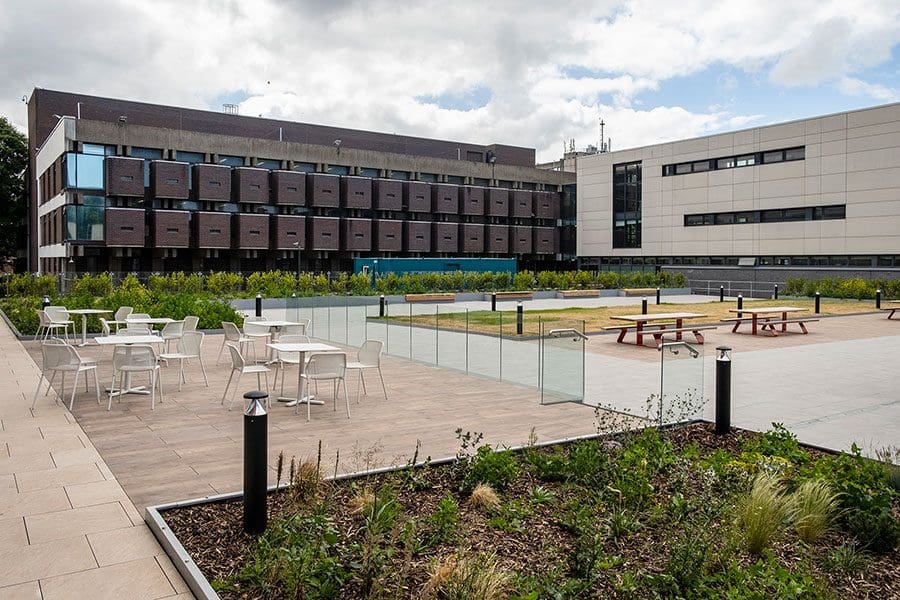

In contrast to remediation, renovation projects do not normally aim to rectify specific structural deficiencies or safety concerns. Instead, they are driven by a desire to transform constructions into more desirable, useful, and valuable spaces. With renovation projects, there is often a focus on taking old constructions and making them look and feel new.
What is refurbishment?
Refurbishment is similar to renovation in many ways, and there can be considerable overlap. However, refurbishment is usually a more extensive and comprehensive process that goes above and beyond renovation.
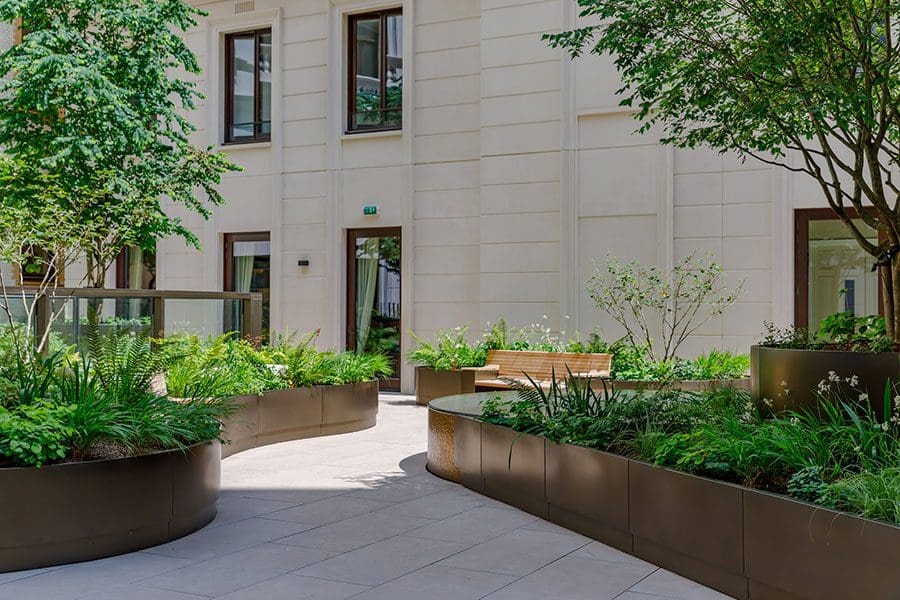
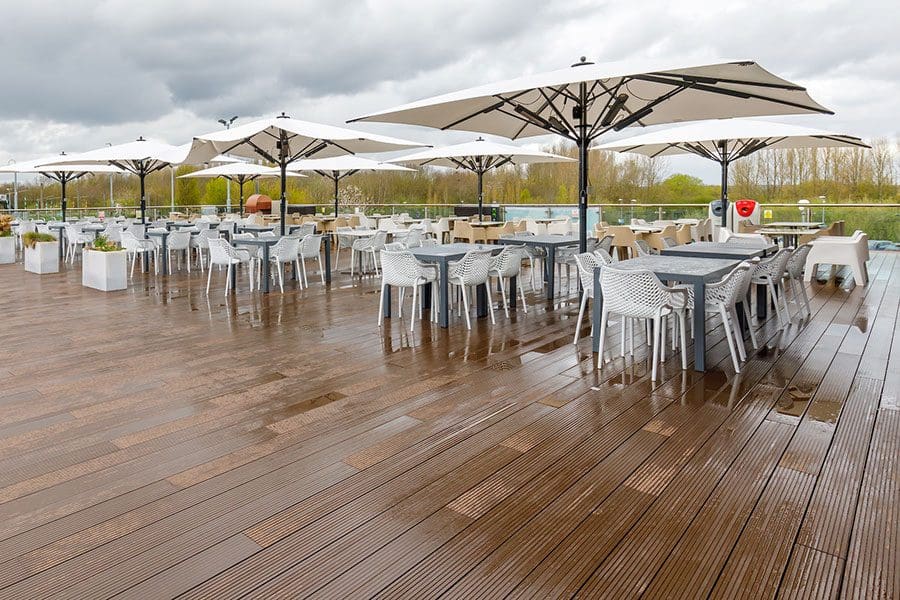
In this sense, refurbishment will often involve an entire redesign or refit. From conducting extensive repairs and deep cleaning a property to redecorating and implementing an entirely new aesthetic, it requires substantial changes to a construction. This is why refurbishment is often used in the context of retail spaces. When a business vacates a property and another moves in, the space needs to be reconfigured to meet the needs of the new occupants. Everything from the electrics to commercial appliances may need to be altered to achieve this.
Summarising the differences
In some ways, the differences between remediation, renovation and refurbishment are relatively small. They all involve making changes to a construction project to improve it. However, the distinctions are important.
Remediation is the most distinct because it is driven by a need to eliminate risk. As it is often the result of new building regulations, it is usually compulsory and required for the property owner to meet their legal responsibility.
Renovation and refurbishment are more closely related. They both take an existing property and make improvements in an effort to increase the project’s market value or repurpose it. Here, the driving force is financial gain. When distinguishing between renovation and refurbishment, it is a matter of degree. Refurbishment is a more comprehensive process and involves more thorough changes.
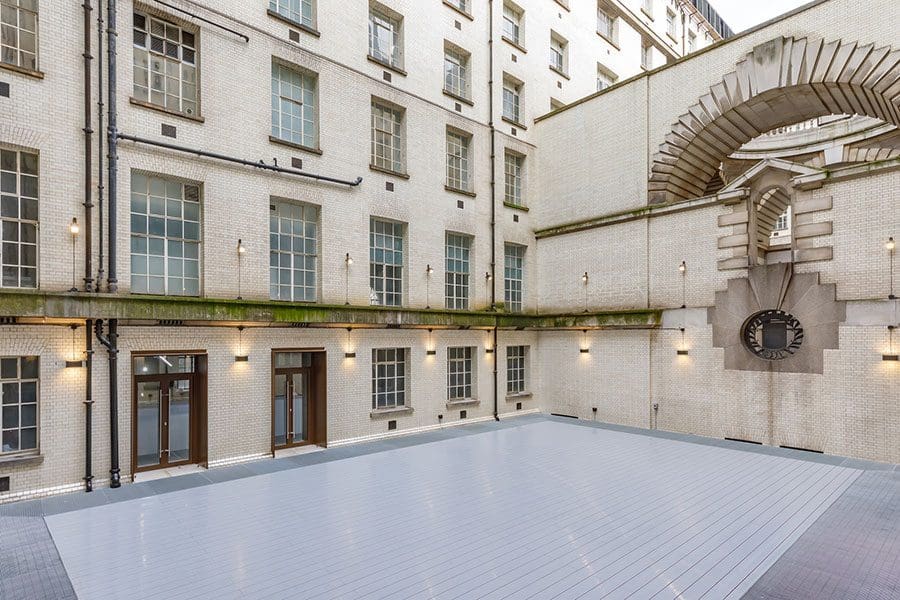
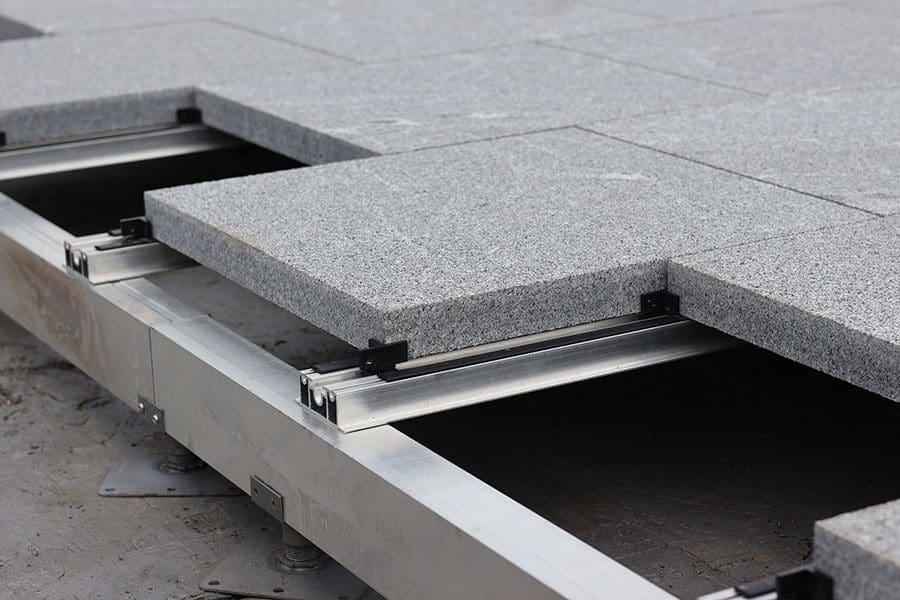
Why construction professionals need to know the difference
Architects, designers, contractors, and property owners must understand the difference between these three key terms because each affects the project – and construction professionals’ approaches to it – in a different way. To illustrate the point, here are five crucial ways your understanding of these terms affects decision-making:
Project planning – Project purpose dictates how construction professionals plan and execute a project. From project scope to timeline and budget, understanding why the project is necessary informs almost every aspect of the planning process.
Regulatory compliance – Remediation projects will typically have a strict focus on particular safety standards and legislation. Renovation and refurbishment will require a more general knowledge of building regulations.
Communication – Projects can succeed or fail based on the strength of communication between the central actors. Precise and accurate use of key terms ensures everyone is on the same page.
Expertise – Different types of projects require distinct expertise. For instance, if you are dealing with a fire safety remediation project, you need to understand the latest legislation and have access to experts on non-combustible materials.
Budget – You need to understand the project’s scale and remit to provide an accurate cost estimation. For example, refurbishment will typically cost more than renovation, while remediation may require investment in specialist materials.
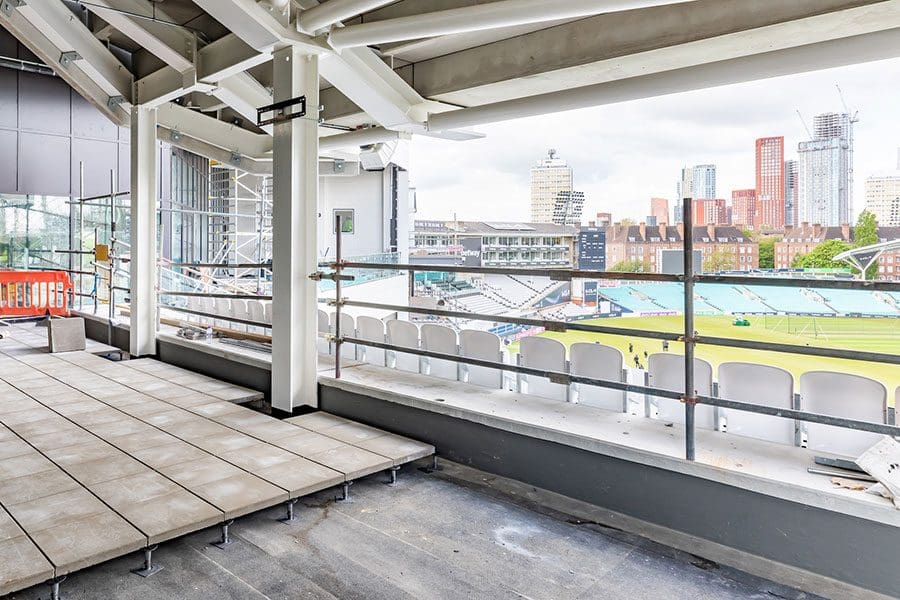
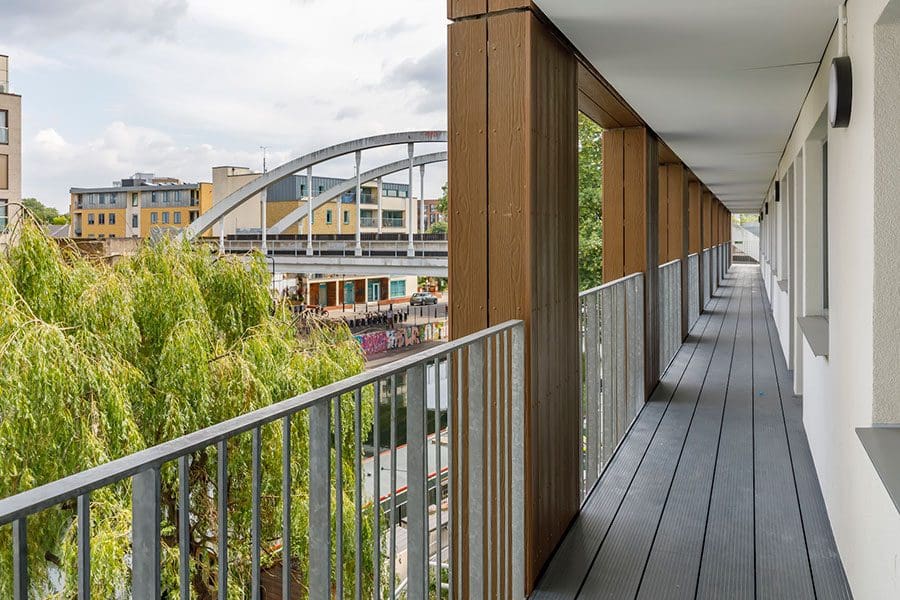
How these terms apply to current regulations
The relationship between our three key terms – remediation, renovation, and refurbishment – and current building regulations is complex and ever-evolving. However, there are some illustrative examples.
For instance, multi-story residential building owners and managers are investing significant amounts in fire safety remediation. This is a response to the Building Safety Act 2022 and other related legislation that restricts the use of combustible cladding and materials in residential buildings and on external constructions, such as balconies.
As renovation and refurbishment projects are not concerned with regulatory compliance (otherwise, they would be remediation projects), they do not have the same direct relationship with government legislation and compliance.
However, developers and other construction professionals will often keep one eye on the regulatory landscape when planning a renovation or refurbishment to avoid the need for costly remediation work in the future. This is particularly true of environmental regulations. For instance, they may install energy-saving features or look to achieve a particular energy efficiency rating because changes to regulations are a possibility.
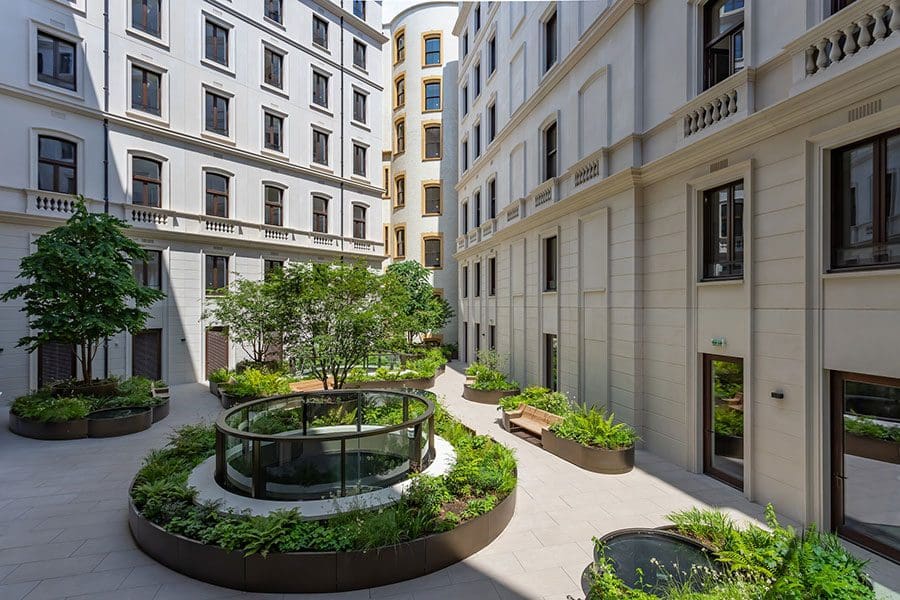
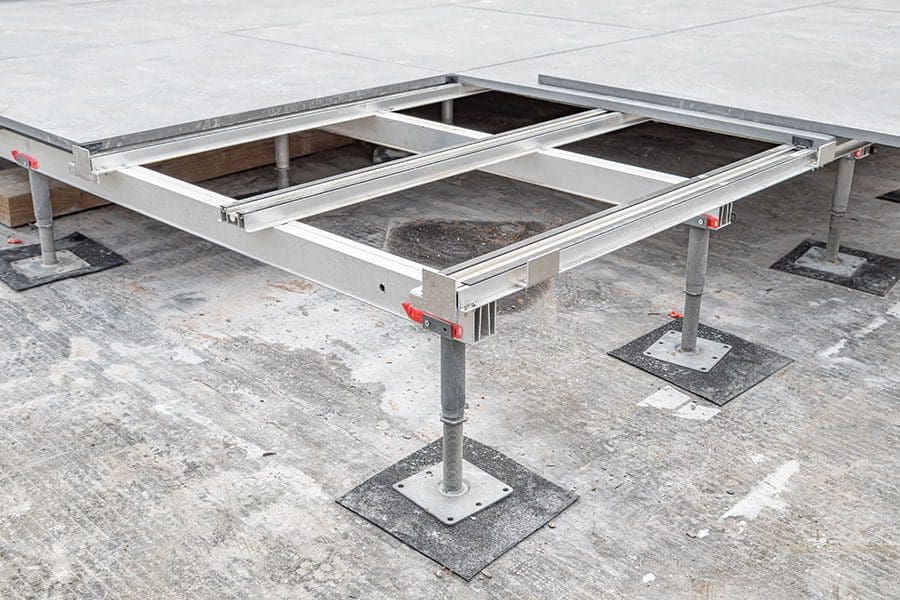
Take advantage of RYNO’s remediation expertise
RYNO is a paving and decking specialist that has been designing, manufacturing, and supplying finishing products and systems for the construction sector, for over 30 years. We invest heavily in non-combustible innovation, have an in-depth understanding of remediation work, and offer industry-leading expertise to all specifiers and construction professionals. If you have any questions reach out to our experienced member of the RYNO team.
